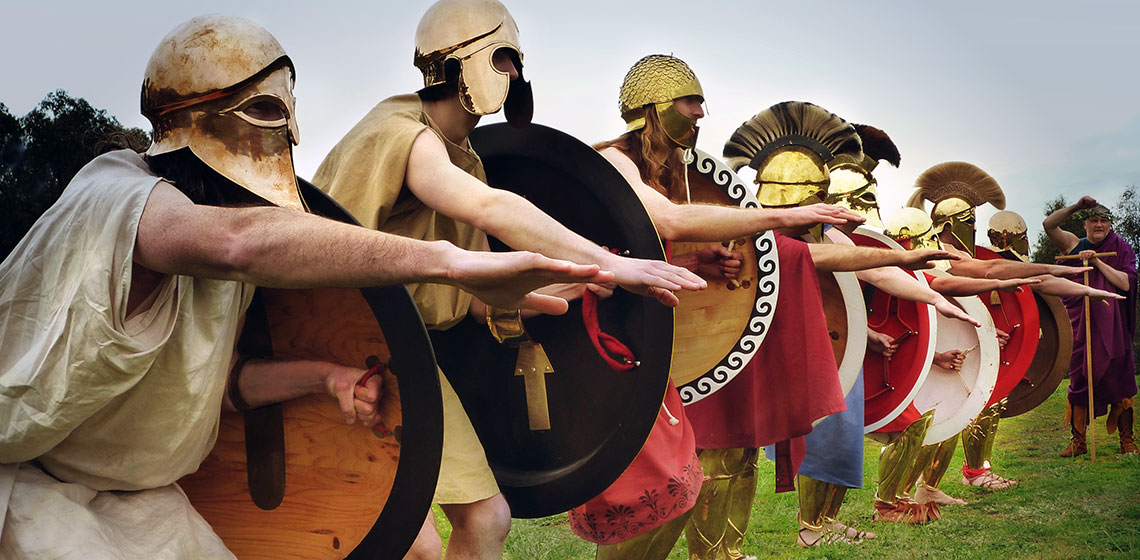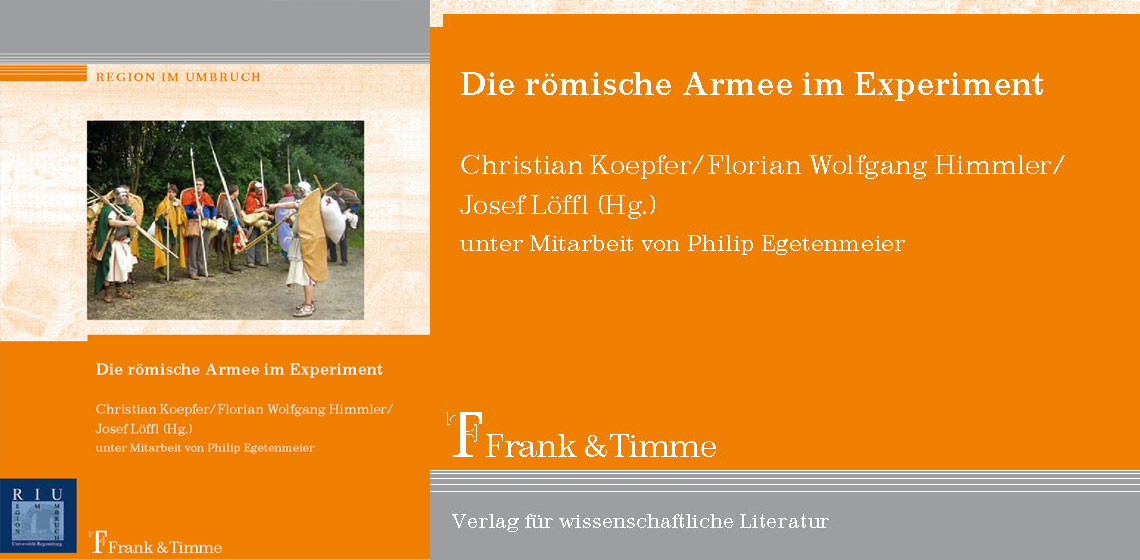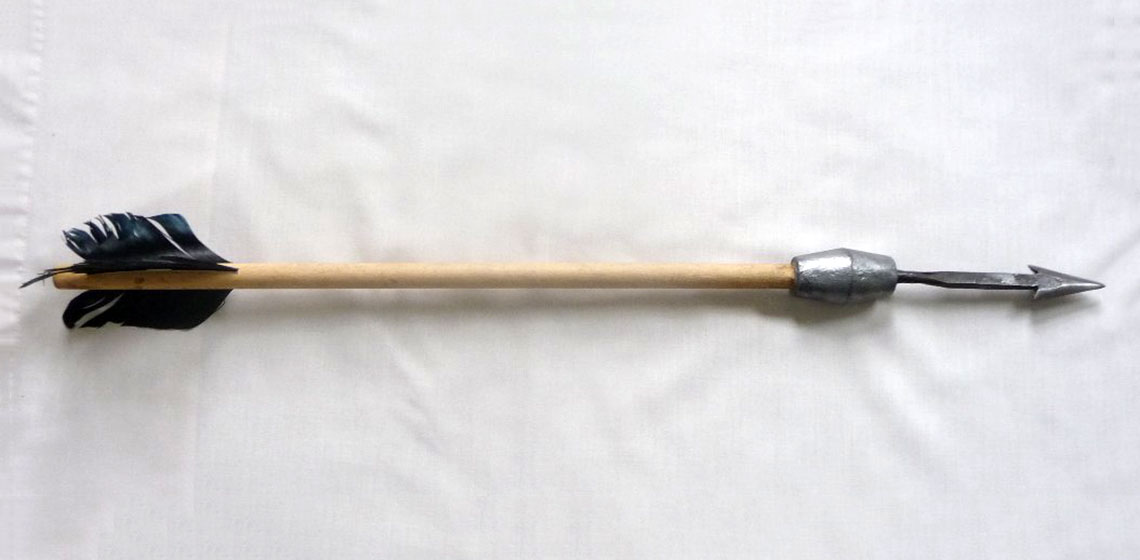army
Castrum Corcagiensis - Roman Experimental Archaeology in Ireland
Army
Group of people armed and organised to fight. A military group.
Definition source: Chambers 21st Century Dictionary
Interview: the Association of Historical Studies Koryvantes
Interview: Ancient Hoplitikon, "Poorer Cousin" to History Academia or alternative XXI Century Interpretation of History?
Book Review: Die römische Armee im Experiment by Chr. Koepfer, F. W. Himmler & J. Löffl
FAGUA e.V. (DE)
At Augsburg University the Chair of Ancient History has a society of friends called "Verein der Freunde der Alten Geschichte der Universität Augsburg e.V.". The society exists to establish experimental archaeology in an academic environment.
At Augsburg University the Chair of Ancient History has a society of friends called "Verein der Freunde der Alten Geschichte der Universität Augsburg e.V." (Friends of Ancient History at Augsburg University).
...
The Use of Metal Moulds to Cast Lead Weights onto the Wooden Shaft of a Plumbata
Varus and the Lost Legions in Sagnlandet Lejre - A Re-enactment Success?
In July 2009 a battle took place in Sagnlandet Lejre, in the heart of Zealand in Denmark. The battle was a dramatized re-enactment of the historical battle of Teutoburg forest in Niedersachsen in the year 9 AD - also known as the Varus Battle. Why should such a re-enactment event take place in Denmark - over 100 kilometres from the presumed site of the historic battle?...







